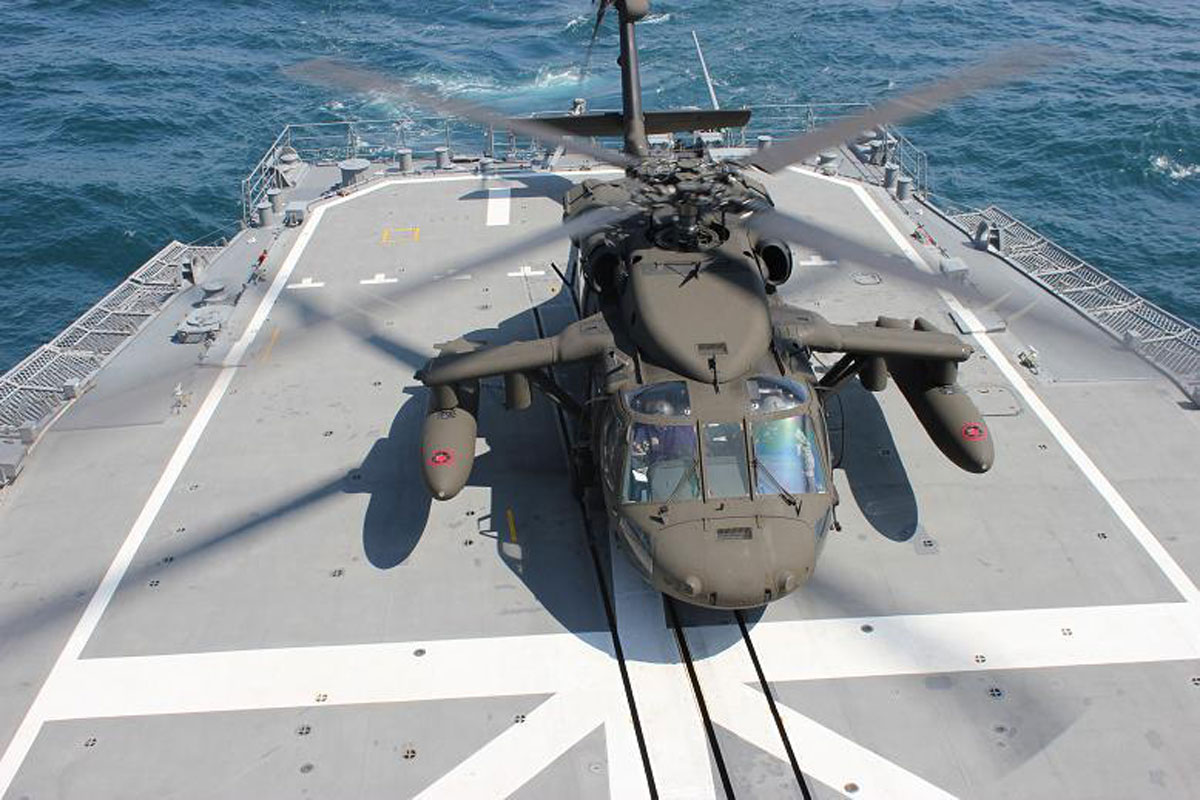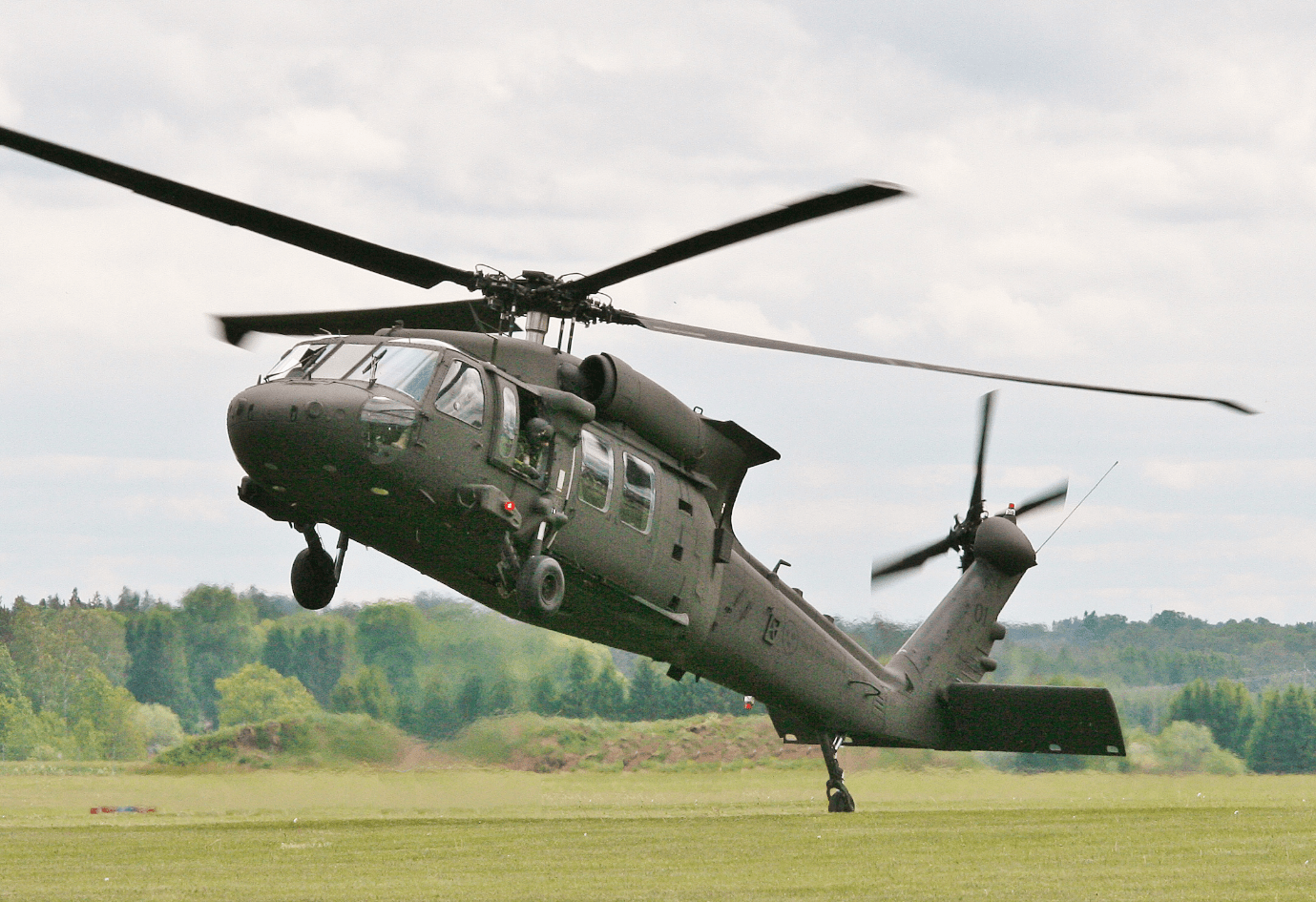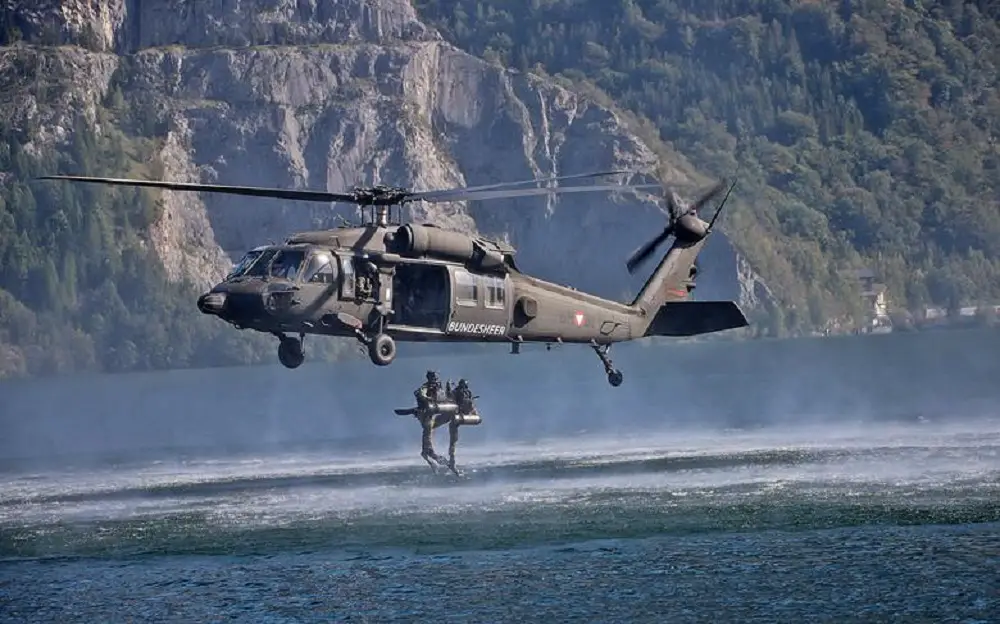How the UH 60 Revolutionized Helicopter Design for Military and Civilian Uses
How the UH 60 Revolutionized Helicopter Design for Military and Civilian Uses
Blog Article
Every Little Thing You Need to Learn About the UH 60 Helicopter
The UH-60 helicopter, a foundation of united state Military air travel since its launching in 1979, stands for a remarkable mix of engineering and operational flexibility. Known for its outstanding speed and array, the UH-60 has been adapted for different goals, from army transportation to clinical evacuation. As military demands develop, so as well does the helicopter, with continuous developments focused on enhancing its abilities and incorporating modern-day innovations. To completely value the significance of the UH-60 in modern military operations, one have to consider its history, design, and the future advancements that could redefine its role.
Background of the UH-60
Established in the late 1970s, the UH-60 Black Hawk helicopter arised as a response to the U.S. Army's need for a versatile energy helicopter that could perform a selection of missions under difficult conditions. The motivation for its style was the drawbacks recognized in the earlier helicopters used throughout the Vietnam Battle, specifically in terms of survivability, maneuverability, and speed.
The Black Hawk was created by Sikorsky Aircraft, including innovative innovations and products to improve its efficiency and sturdiness. It was formally presented into service in 1979, promptly coming to be an important property for military operations - uh 60. Its capability to move troops, clinical emptying, and logistical support in both fight and altruistic goals made the Black Hawk an invaluable part of the united state Military's aeronautics fleet
Throughout the decades, the UH-60 has been continuously upgraded, adjusting to the transforming nature of warfare and the evolving demands of contemporary armed forces operations. Its functional background includes engagement in major disputes, peacekeeping objectives, and calamity alleviation initiatives, strengthening its credibility as a efficient and trusted helicopter in numerous environments worldwide.

Layout and Requirements
The style of the UH-60 Black Hawk helicopter continually shows a commitment to operational performance and flexibility. Established by Sikorsky Airplane, this medium-lift energy helicopter features a smooth, wind resistant fuselage that enhances speed and maneuverability. Its tandem blades system, defined by 2 counter-rotating blades, minimizes vibration and increases lift capability, enabling for much safer operations in varied environments.
The UH-60 is powered by 2 T700-GE-701C turboshaft engines, giving an optimum rate of approximately 180 knots and a variety of around 400 nautical miles. Its durable airframe is constructed from advanced composite materials, guaranteeing sturdiness while keeping a reasonably low weight. The helicopter has an optimum gross weight of about 22,000 pounds, supporting a flexible payload setup.

Duties and Objectives
A functional platform, the UH-60 Black Hawk helicopter offers a wide range of functions and missions within armed forces procedures. Designed largely for troop transportation, it can bring approximately 11 soldiers, making it an important property image source for rapid implementation and logistical assistance.
Along with army transportation, the UH-60 excels in medical discharge (MEDEVAC) objectives, outfitted with advanced medical devices to provide important treatment during transit. Its capacity to run in varied environments enhances its performance in battle search and rescue (CSAR) operations, where swift extraction of employees is important.
The helicopter likewise plays a considerable role in reconnaissance and security goals, making use of onboard sensing units and devices to gather intelligence. Furthermore, its adaptability includes logistical assistance, qualified of moving supplies and tools to ahead running bases - uh read what he said 60.
In fight procedures, the UH-60 can be furnished with numerous weapon systems, allowing it to supply close air assistance. Its multi-role ability makes the Black Hawk an indispensable tool for modern army pressures, adapting effortlessly to the developing demands of battlefield scenarios and making sure goal success across a variety of functional contexts.
Efficiency and Capacities
Understood for its robust efficiency, the UH-60 Black Hawk helicopter flaunts excellent abilities that enhance its functional effectiveness across various goals. uh 60. This multi-role aircraft is equipped with effective twin-engine Turbomeca Arriel 1D1 engines, supplying outstanding speed and ability to move, with a maximum cruise rate of roughly 150 knots and a functional series of around 400 maritime miles
The Black Hawk's innovative avionics and fly-by-wire control systems considerably improve flight safety and handling, enabling it to run in varied environments, consisting of unfavorable climate condition. Its adaptability is further exhibited by its capacity to carry up to 11 completely outfitted troops or a payload of roughly 8,000 extra pounds, making it ideal for troop transportation, clinical discharge, and logistical assistance missions.
In Addition, the UH-60 is designed for survivability, featuring reinforced airframes, ballistic security for team and guests, and advanced countermeasure systems to evade hazards. The helicopter's agility and speed, incorporated with its capacity for quick deployment, make it an indispensable possession in modern-day army operations, ensuring that it continues official statement to be a key component of tactical air assistance and battleground wheelchair.
Future Developments

One considerable emphasis is the combination of innovative avionics systems, which will enhance situational awareness with boosted navigation and communication abilities. This includes the prospective usage of synthetic intelligence to assist pilots in decision-making and objective planning.
Additionally, future versions might integrate advanced products and design functions to strengthen the helicopter's toughness and minimize its radar signature, boosting survivability in contested environments.
The introduction of hybrid-electric propulsion systems is likewise imminent, aiming to enhance gas performance and lower logistical worries. Such developments can prolong functional range and minimize the helicopter's environmental footprint.

Final Thought
The UH-60 helicopter stands for a significant innovation in army aviation because its intro in 1979. Its robust style, flexible capabilities, and continual upgrades guarantee its relevance in various functional functions, consisting of army transport and clinical discharge. As technology progresses, future advancements will likely enhance its performance with the integration of artificial knowledge and hybrid-electric systems. The UH-60's withstanding visibility highlights its essential duty in modern armed forces procedures and highlights the recurring development of army air travel innovation.
The UH-60 helicopter, a keystone of United state Army aeronautics because its launching in 1979, stands for an amazing blend of design and operational adaptability. As military demands evolve, so as well does the helicopter, with recurring improvements aimed at improving its capacities and incorporating modern-day innovations.The design of the UH-60 Black Hawk helicopter constantly reflects a commitment to functional performance and flexibility. Established by Sikorsky Airplane, this medium-lift utility helicopter features a smooth, wind resistant fuselage that boosts rate and maneuverability.The UH-60 helicopter represents a substantial advancement in army aeronautics since its intro in 1979.
Report this page